-
Author
Danae Ripley -
Date
23 Jun 2022
Essay
Corporeal Cacophonies
Tyrone Te Waa
Enjoyment accented with ritual is a salient quality of Tyrone Te Waa’s practice. Working to manoeuvre material, shape and colour, the Tāmaki Makaurau Auckland-based artist has produced sculptures and installations that weave multiple traditions and forms of knowledge into holistic ‘bodies.’ These figurative bodies unify and distinguish concurrent ideas in mātauranga Māori.¹ An incessant maker, he weaves the mauri²—the life principle—of found materials into bodily fragments. The tensions between ‘camp’ symbolism, ancient customary practices and contemporary sculpture are among Te Waa’s loom of ideas. The artist’s ihi³ manifests in his ability to string together different areas of knowledge in poetic assemblages. The bodies are constructed with overlapping narratives—making for a contemporary practice like no other.
Te Waa’s forms imply preservation and celebration of the body. The sculptures use the language of ancient Greek and Roman marble busts—laden with hierarchy and opulence. The context is refashioned as the heads and torsos are sculpted with fabric. The result is a material-induced delirium. When the hoardings from the artist’s vaults are sculpted into something lifelike, they celebrate and familiarise us with human bulges, skin and tufts of hair. Some of the works wear single-colour ensembles to organise the haul, others are more exposed; flesh and fuchsia pinks, caramel and dark browns are to be found in the corporeal cacophonies. Their tacit bones are similar in scale to our own; in this way, they offer up empathy. Each piece invites further inspection as its anatomy slips from plane to plane, contorting and sometimes changing; the sockets of shoulders morph into strange ears in My Little Darling (Figure 1) and exposed fabric over the ‘heart’ could also be a bizarre mouth in Grateful Man (Figure 2). The material threads and strips that swaddle the forms and frames recollect practices of mummification, medicine and adornment. These ritualistic coverings bind each piece and celebrate the volume and contour of the body; wrapping lines pinch in at the joints, letting bulging limbs protrude elsewhere. In Te Waa’s intricate installations—such as in his solo show Clingwrap at Sanc Gallery (Figure 3)—each work sits in a connected system, on a plinth or scaffold bound in fabric. They seem to writhe under their wrappings; they look playful, as if they are wriggling with excitement to tell the stories that have been woven together. Busts are revered forms, but having been animated with cheap and cheery threads, they declare themselves capable of pleasure as well as spiritual potency.
The psychic force behind the works is propelled by a collector's disposition and embedded in mātauranga Māori. Whakapapa⁴, the core of mātauranga, connects all animate and inanimate, known and unknown phenomena in natural and spiritual worlds. Creation genealogies are central to this; through whakapapa, life’s early ancestry can be followed through mythological heroes to gods and then Mother Earth (Marsden, 2003). Whakapapa reflects this reality of life being woven together, weaving and clarifying cultural knowledge from one generation to the next. Te Waa weaves knowledge through the titles of his works, interjecting connection and meaning by referencing his lineage. In some of his recent sculptures, the titles come from the writings of the artist's ancestors. The bodily sculptures are thus connected to a deeper familial unit, rather than being new creations in isolation. Charles Royal (2017) discusses the creative potential of utilising mātauranga Māori to make sense of the modern world. He observes that cross-disciplinary “knowledge weaving” (p. 14) is essential to Indigenous knowledge, and that weaving across boundaries cannot take place without the boundaries themselves existing. He claims the natural borders in knowledge have a purpose, that the holistic view of the world and knowledge considers parts, boundaries and borders both as wholes in themselves and as parts of larger wholes. “Life is a complex and multidimensional whole and the quest to see the ‘whole’ is to render disciplines as part of a complex set of pathways leading to wholeness rather [than] fragmentation” (p. 15). In place of hierarchical and individualised Western knowledge, weaving of mātauranga Māori looks at how to understand the modern world in terms of wholes. Tyrone Te Waa’s approach unlocks this creative potential, embracing the divisions and connections between materials, the body and whakapapa. Te Waa is engaged in a variety of creative practices. He uses their overlapping teachings, the works have both a pictorial and craft sensibility. The sculptures, paintings and drawings are all filled with insistently nuanced working; the expressive silhouettes, singing colours and built surfaces can be seen in each artistic mode. There is evidence of blurring between his objects, images and installations. The sculptures are a recent parameter for these ideas, loaded with brilliant lowbrow and unexpected fabric.
Māori knowledge accepts the cultural significance of a common centre as the source of all subjects. From this source, mauri emanates and is connected and present in all things. Just like the life of our natural environment, inanimate materials have a form of life, a mauri that distinguishes them and unifies them within a wider system of entities (Durie, 2013). Marsden (2003) states the universe is a stream of processes and events, that objects are either static or dynamic. In the making process of Te Waa’s sculptures, the mauri in the media is considered as chains of energy. Frivolous threads are added in layers, wrapped sensitively, and added to again to reveal a unity of being. Te Waa researches Māori and other ancient healing and funerary customs that involve wrapping bodies. The binding in these sculptures holds echoes of these rituals and becomes an intuitive process for the artist to thread the lives lived by the materials, his artistic research and whakapapa together in contemporary practice. Considering Royal’s theme of knowledge weaving, the artist as a pūngāwere (spider) threads the static life in material culture into something poetic and dynamic. The fabrics are considered as wholes, the body of the sculpture/installation itself another whole, and their titles connect to whole ancestry.
With the body as the location of the work, empathy and sense are central. The sculptures embody the many facets of a person that aren’t polished or perfect; the body can attract and repel. Garish hues, glitter, fluff and raw hems are packed into a sinewy edifice. These forms elbow with a particular kind of contemporary sculpture distinctively assembled and “unmonumental.” Unmonumental was the name of the exhibition at The New Museum, New York, in 2007 featuring contemporary artists who intentionally avoid “massiveness,” “timelessness,” and “public significance” (Diaz et al., 2007, p. 134). The works in the show were human scale and all employed assemblage and the use of symbols to build complex individual narratives. Laura Hoptman’s catalogue essay observes how these assemblages are distinct from 1960s “junk culture” or 1980s “product culture,” that these are artworks of an “object culture”—“A post-Duchampian period in which the idea of the readymade has been so absorbed that an object from life is as obvious a material for art as oil paint” (Diaz et al., 2007, p. 134). The show featured contemporary artists such as Rebecca Warren and Rachel Harrison, whose sculptures tussle with the function of the figure in sculpture, which has traditionally been used to memorialise and idealise. Warren’s sculptures range from cartoons to amorphous clay works and bronzes; they are fresh, dynamic and resist being too resolved. Harrison’s sculptures set up an unmonumental language through wild material hybrids. Like Harrison’s disparate combinations and Warren’s unpolished clay, Te Waa’s work draws attention to throwaway objects with unshapely silhouettes in sensuous pelts and fantastic colour. Unmonumental, lowbrow substances are considered with a Queer lens and transformed into extravagance. Referring to ‘camp’ symbols, the fabric becomes a way to insert joy into non-normative experiences. The materials of free expression—faux fur, doll clothes and shiny clubbing outfits—are both encouraged and subverted through sculpting. In A Mum’s Hart (Figure 4), for example, the brown, bound figure reveals its polyester structure, the balancing moves are pretty florets of coloured thread. The underlying ugliness is partially covered and balanced with decoration. Domestically grounded in everyday objects, the intuitively wrapped sculptures are liberated in spirit. They are bodily, they use the material of our time and offer intimate enjoyment.
Te Waa articulates, layers and binds with untamed ambition. The work brings so many physical, psychic and spiritual phenomena together; as the artist states, “A subject is surrounded by many threads of introspective investigation, in the style of a spider catching prey.” The interconnected complexity is essential to the work’s effect, we—more simply—get to marvel at the web. It is Te Waa’s ihi that knits the boundaries and inexplicable blurs between different practices, experiences and forms of knowledge together in a system. Static materials are enlivened by process and imbued with whakapapa. Made dynamic and poetic, they speak to the creative potential of knowledge weaving. The expression of material pleasure by the intricate binding of bodies and overlapping connections is what makes the work so transporting.
—
Te reo Māori:
¹ Mātauranga Māori: Māori knowledge - the body of knowledge originating from Māori ancestors, including the Māori world view and perspectives, Māori creativity and cultural practices (Te aka Māori dictionary, n.d.).
² Mauri: life principle, life force, vital essence, special nature, a material symbol of a life principle, source of emotions - the essential quality and vitality of a being or entity. Also used for a physical object, individual, ecosystem or social group in which this essence is located (Te aka Māori dictionary, n.d.).
³ Ihi: essential force, excitement, thrill, power, charm, personal magnetism (Te aka Māori dictionary, n.d.). The Māori word with no English translation describes a psychic force that channels the spirit of ancestors.
⁴ Whakapapa: Genealogy, genealogical table, lineage, descent – reciting whakapapa was, and is, an important skill and reflected the importance of genealogies in Māori society in terms of leadership, land and fishing rights, kinship and status. It is central to all Māori institutions (Te aka Māori dictionary, n.d.).
—
References:
Durie, M. (2013). Ngā tini whetu: Navigating Māori futures. Huia.
Diaz, E., Gioni, M., Hoptman, L., Reisman, S., Flood, R., Godsill, B., Phillips, L., & Smith, T. (2007). Unmonumental : The object in the 21st century. Phaidon in association with New Museum.
Ihi. (n.d.). Te aka Māori dictionary. https://maoridictionary.co.nz/search?idiom=&phrase=&proverb=&loan=&histLoanWords=&keywords=Ihi
Marsden, M., & Royal, T. A. C. (2003). The woven universe : Selected writings of Rev. Māori Marsden. Estate of Rev. Māori Marsden.
Mātauranga Māori. (n.d.). Te aka Māori dictionary. https://maoridictionary.co.nz/search?idiom=&phrase=&proverb=&loan=&histLoanWords=&keywords=M%C4%81tauranga+M%C4%81ori
Mauri. (n.d.). Te aka Māori dictionary. https://maoridictionary.co.nz/search?idiom=&phrase=&proverb=&loan=&histLoanWords=&keywords=Mauri
Royal, C. (2009, September 16). Te kaimānga: Towards a new vision for mātauranga Māori. Lecture presented at MacMillan Brown Lecture Series, the University of Canterbury, Christchurch. https://static1.squarespace.com/static/5369700de4b045a4e0c24bbc/t/5d54991237bfcb0001a5dca3/1565825300610/CRoyal2009MacmillanBrownLecture.pdf
Whakapapa. (n.d.). Te aka Māori dictionary. https://maoridictionary.co.nz/search?idiom=&phrase=&proverb=&loan=&histLoanWords=&keywords=whakapapa
—
This essay is published on the occasion of Tyrone Te Waa's work Leading Lady (Figure 5) exhibiting in twisting, turning, winding: takatāpui + queer objects at Objectspace and in celebration of Matariki 2022.
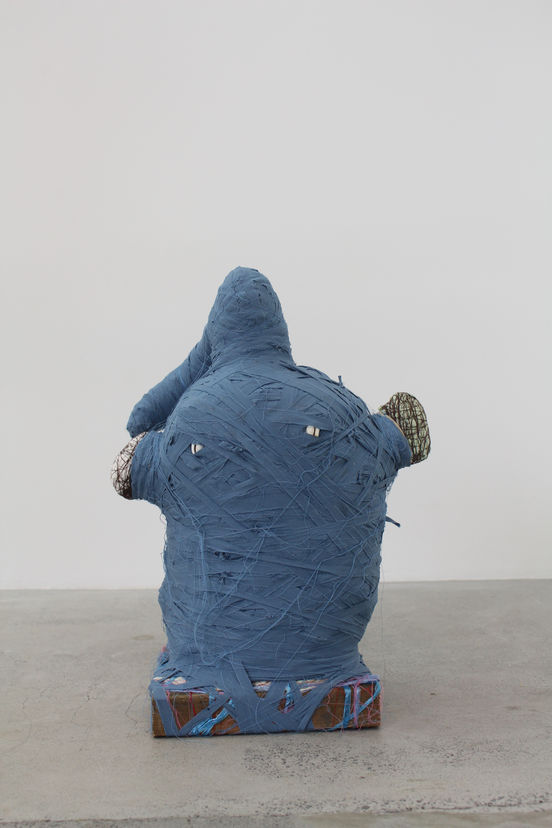
Figure 1. Tyrone Te Waa, My Little Darling, 2021
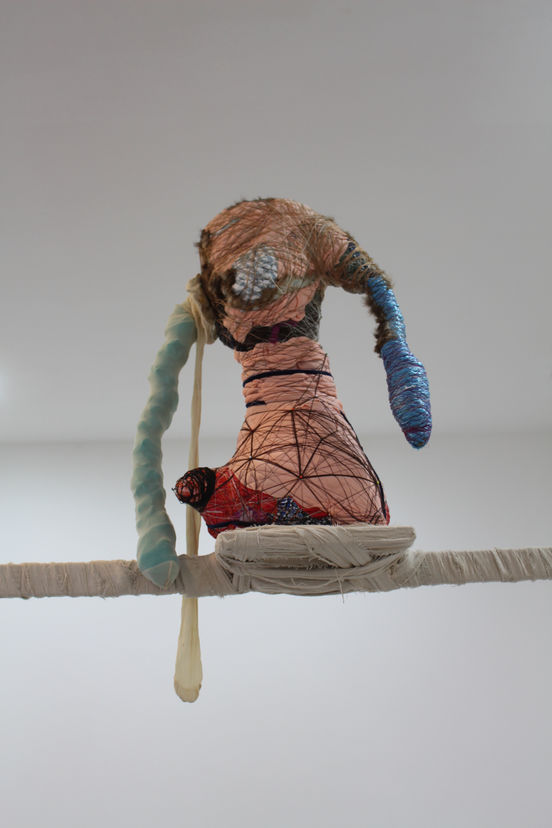
Figure 2. Tyrone Te Waa, Grateful Man, 2021
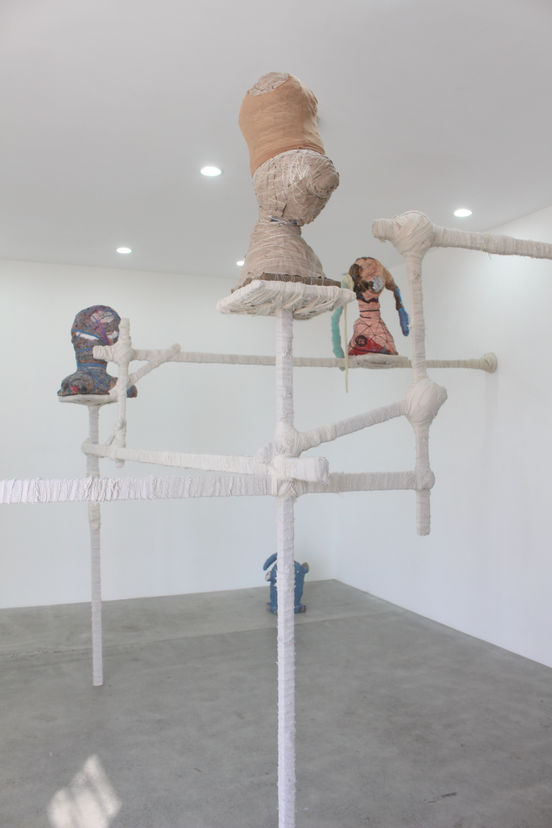
Figure 3. Tyrone Te Waa, Clingwrap, installation view at Sanc Gallery, 2021
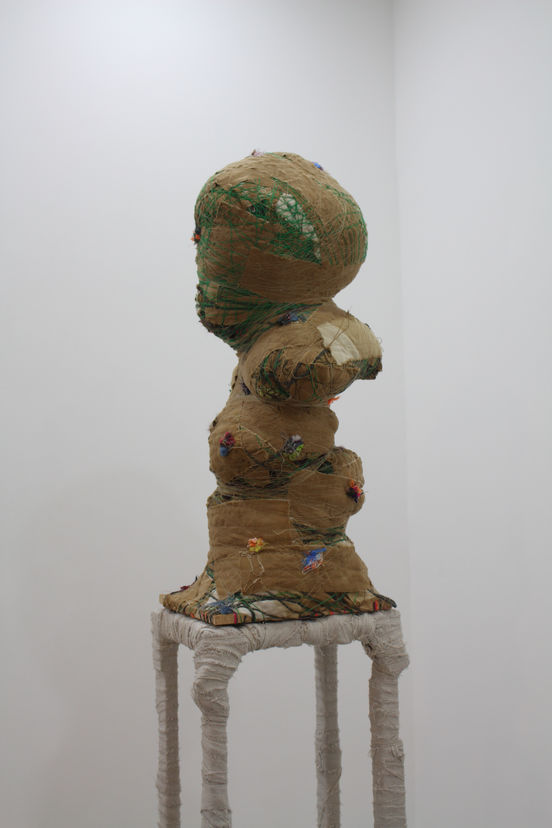
Figure 4. Tyrone Te Waa, A Mum’s Hart, 2021
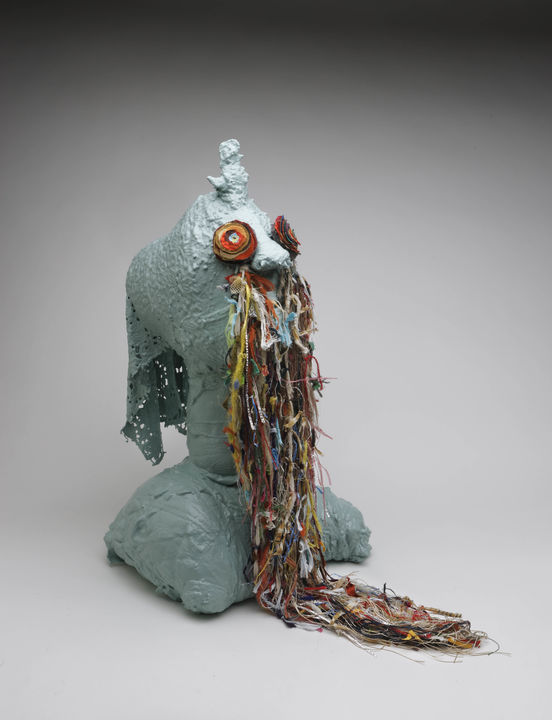
Figure 5. Tyrone Te Waa, Leading Lady, 2021, photograph by Haru Sameshima